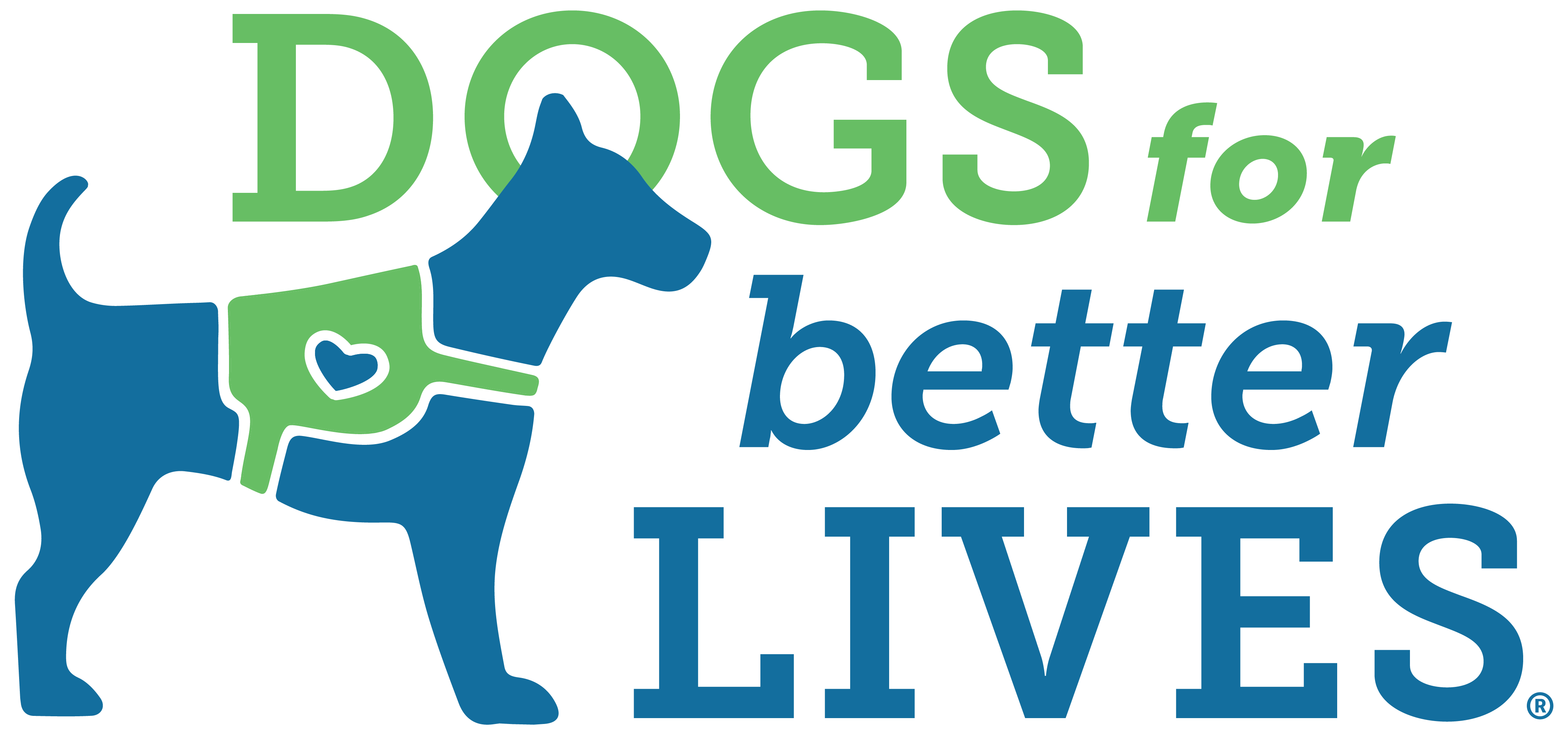Pets are loving the extra time with their humans during COVID-19 stay-at-home orders. With many states planning to reopen businesses, this extra bonding period may be coming to an end.
Prepare your pup.
As our dogs enjoy our 24/7 companionship these past few months, some may react to a change in schedule. Signs of pet separation anxiety include:
- Change in appetite
- Barking, howling or whining when you leave
- Scratching or chewing at doors or windows
- Destructive behavior that only occurs when the pet is alone
- Over-grooming or other self-harm/obsessive behaviors
To help prepare your dog for transitioning to “normal” life with you at home, here are some tips:
1. Create positive associations with your departure.
Reward your pet for calm, independent behavior: give them a small healthy treat when you leave. This may reduce any distress your pet may feel, and associate your leaving with something pleasant. Have your shoes and bag ready by the door a few minutes before leaving. Wait until your dog is calm and settled before giving him a treat before leaving.
2. Practice gradual departures.
To ease separation anxiety, start by first leaving your pet alone for a short amount of time. Plan your absences to be shorter than the time it takes for your pet to become upset. As they become more confident in your intent to return home, you can try leaving them for longer amounts of time.
3. Provide enrichment toys.
Special toys such as food puzzles and stuffed Kongs can be a fun way to distract your pet while you are gone. This will keep them from releasing their anxiety through unwanted behaviors.
4. Create a safe, comfortable space.
A crate or a separate area in the quietest part of the house may help your pet remain calm when you are away. Play soothing music such as classical, smooth jazz, reggae, or even white noise (think spa sounds) to further help your pet stay calm.
5. Promote a calm return home.
When you arrive home, calmly greet your dog before taking them outside. Do not promote “over-the-top” homecomings or your dog will anxiously await for it. Instead, avoid excitement or play until your dog settles down from your arrival.

Don’t forget your cat.
Samantha Bell, a cat behavior specialist at Best Friends Animal Society said, “Despite stereotypes that say otherwise, many cats form very close bonds with their humans and can become quite stressed when apart.” Signs of cat separation anxiety include excessive vocalizations, overgrooming, and eliminating on their human’s items in an attempt to comingle their scents.
Here are some tips for cat owners:
1. Engage your cat with a wand toy at least once a day.
Allow your cat the opportunity to hunt, catch, and kill with an interactive toy. This will help build their confidence and strengthen their bond with you in a healthy way.
2. Develop sustainable cat care practices.
Correct any adjustments you made to your cat’s routine when you return to work. If you started to feed your cat four times a day while at home, cut back to what is doable when you are no longer working from home.
3. Introduce puzzle feeders.
If you are not already using them, introduce puzzle-feeders to your cat. Cats instinctively want to forage for their food. Introduce puzzle feeders to satisfy that instinct while providing enrichment during alone time.
4. Cats feed off our emotions.
When it is time to go back to work, making a sad, dramatic scene as you leave is only going to make them feel more stressed. A happy, light tone and a little treat as you leave will keep their spirits up.


